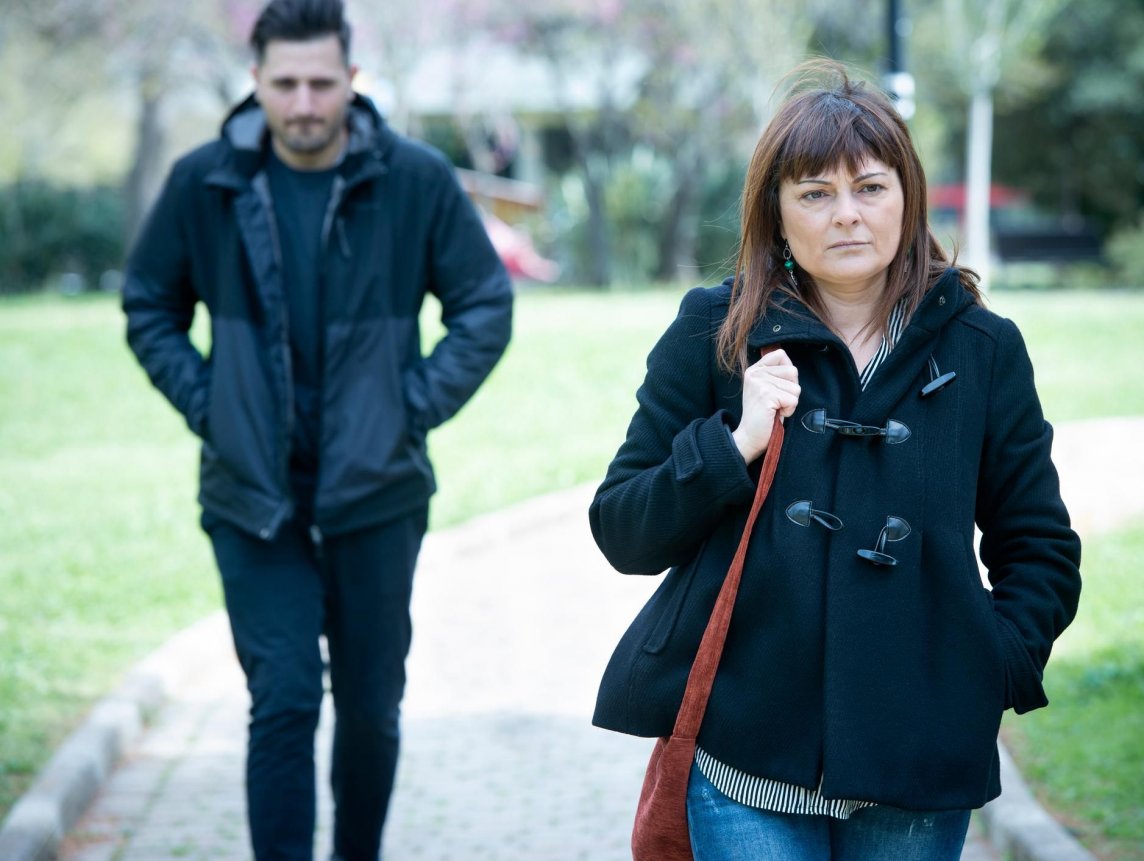Stalking Isn’t Romantic; It’s a Crime

Stalking is discussed extensively among mainstream media, but not in the way it should be. We hear the term used casually, jokingly, and mistakenly. Many of these common references are not actual stalking, and they completely disregard the very real and often traumatic experiences of those truly being stalked. January is Stalking Awareness Month, so we want to shed light on this serious issue.
Many movies play off a thin line between grand romantic gestures and stalking behaviors. If you strip down some of these movies to just what is happening and take out the uplifting music, comedy, and attractive actors, the behaviors are often incredibly unsettling: not taking ‘no’ for an answer, following and chasing people down in an airport, showing up unannounced – and sometimes breaking into their homes – to surprise them with a grand gesture, etc. These themes may make for good movies, but in real life, can cause extreme discomfort, fear, and disruption to their lives.
This is why it is so crucial that we take stalking seriously, educate the community on what stalking really is, and empower victims to seek out help and support.
Stalking is defined by the Stalking Prevention, Awareness, & Resource Center (SPARC) as a pattern of behavior directed at a specific person that would cause a reasonable person to fear for the person’s safety or the safety of others; or suffer substantial emotional distress. Different behaviors can constitute as stalking, including following someone or showing up places they know the victim is going to be, unwanted contact with the victim in person or electronically, tracking the victim’s location, leaving unwanted gifts or items for the victim, harassing friends/family/other third parties to get information about the victim, threats, damaging victim’s property and so on.
It is estimated that 1 in 3 women and 1 in 6 men will experience stalking in their lifetime.
Stalking is highly linked to intimate partner violence, with 40 percent of stalkers being intimate partners or former intimate partners,1 and stalking can occur before, during, and/or after the relationship has ended. Stalking is also linked with sexual violence: 48 percent of sexual assault survivors between the ages of 18-24 also experienced stalking.2 Many victims of stalking may fear being sexually assaulted by their perpetrator.
Stalking can cause fear for their physical safety, anxiety, paranoia, distrust in others, difficultly concentrating at work or at school, and more. It is also often linked to intimate partner homicide.
Stalking can be extremely difficult to prove or prosecute, and often victims, and even law enforcement, feel helpless. In some cases, victims can be stalked for years. Because of these common misconceptions and inaccurate and damaging portrayals of stalking in the media, stalking is incredibly underreported.
It’s important to try to document as much stalking as possible by keeping a log of some sort. At The Center for Empowerment and Education (CEE), we take stalking seriously and prioritize clients’ emotional and physical safety. Advocates at CEE are here 24/7 to provide support and safety planning for anyone experiencing stalking.
If you or someone you know needs support, our no-cost confidential hotlines are available 24/7.
Domestic Violence Hotline (203)731-5206
Sexual Assault Hotline (203)731-5204
Citations
- Smith, S.G., Basile, K.C., & Kresnow, M. (2022). The National Intimate Partner and Sexual Violence Survey (NISVS): 2016/2017 Report on Stalking. Atlanta, GA: National Center for Injury Prevention and Control, Centers for Disease control and Prevention.
- Brady, P. Q., & Woodward Griffin, V. (2019). The Intersection of Stalking and Sexual Assault Among Emerging Adults: Unpublished Preliminary Results. mTurk Findings, 2018.







